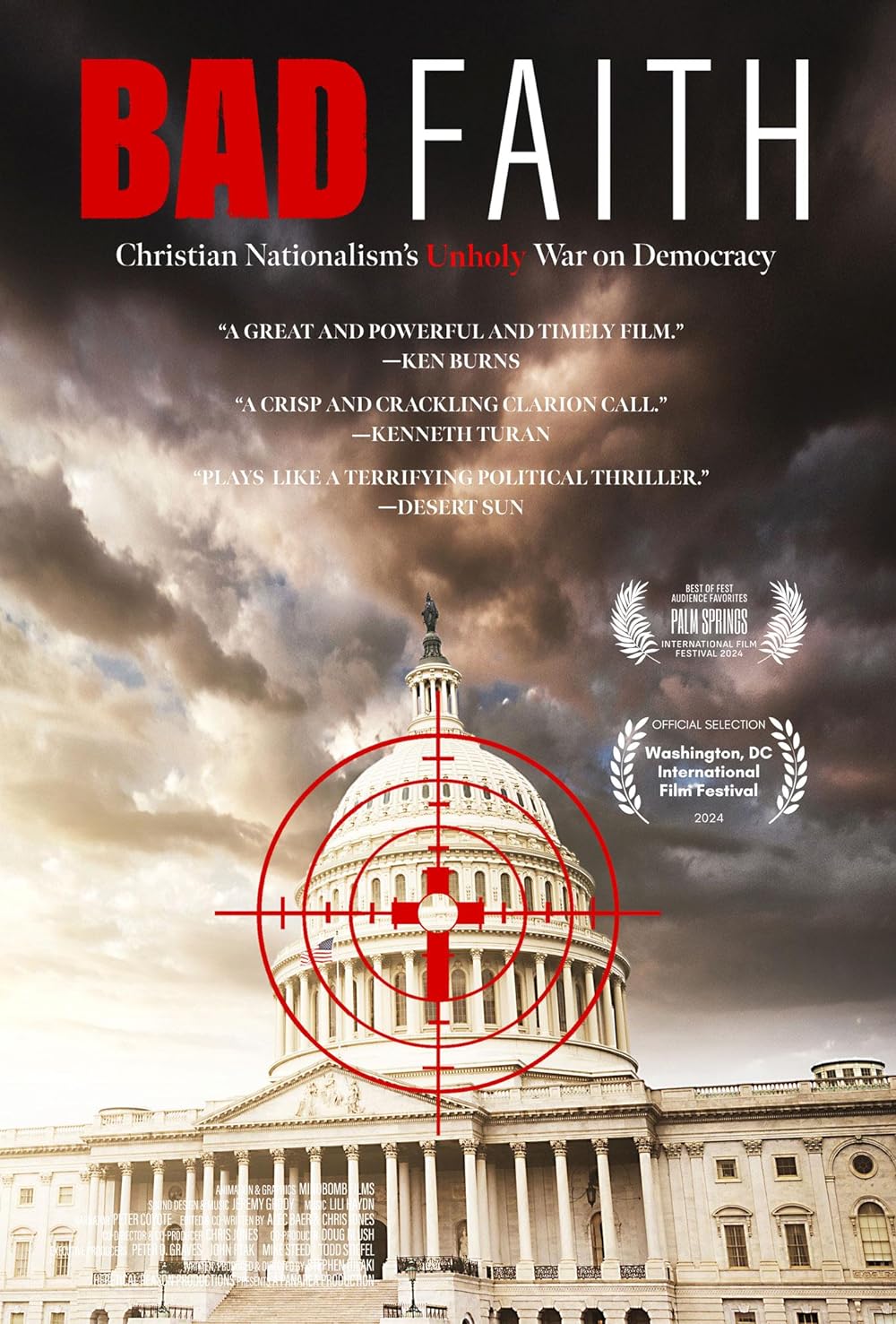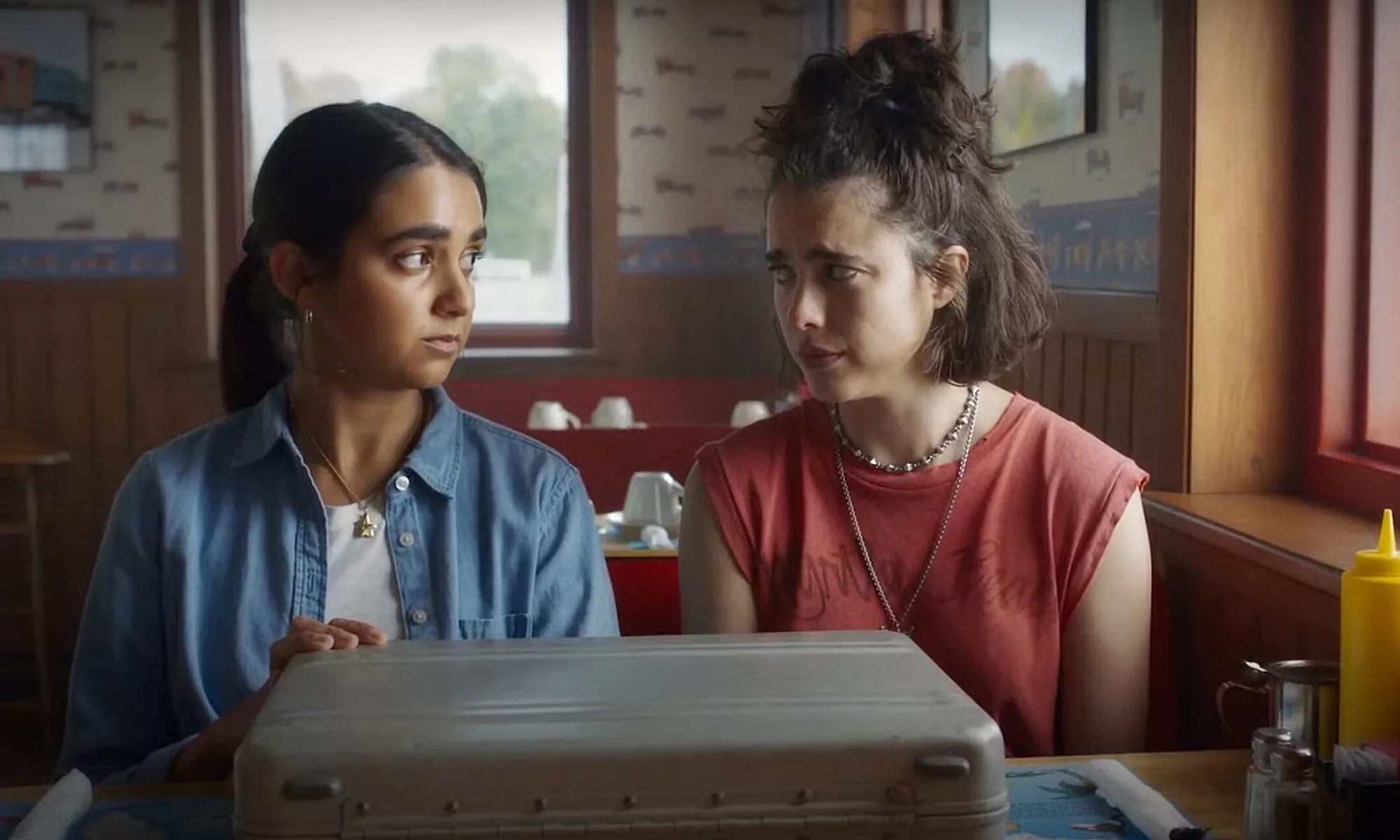The Life of David Gale
Posted on January 28, 2003 at 1:47 am
C+| Lowest Recommended Age: | Mature High Schooler |
| Profanity: | Some very strong language |
| Nudity/ Sex: | Explicit sex, sexual references, rape charges, non-sexual nudity |
| Alcohol/ Drugs: | Character abuses alcohol |
| Violence/ Scariness: | Explicit snuff film-style footage |
| Diversity Issues: | Strong women, all major characters white |
| Date Released to Theaters: | 2003 |
Somewhere between potboiler and polemic, this overripe melodrama signals every one of its plot twists as hamhandedly as it bangs out its message.
Kevin Spacey plays Texas philosophy professor turned death row inmate David Gale, who agrees to his first interview just days before he is to be executed for a brutal rape/murder. David and the murder victim, Constance (Laura Linney) had been co-leaders of a group that opposed the death penalty.
He will speak to only one journalist, a reporter for a weekly news magazine named Bitsy (Kate Winslet) who herself has just been released after serving a week in prison for refusing to reveal a source.
The terms of the interview are that David will be paid half a million dollars in cash and that Bitsy will see him for two hours a day on the last three days before the execution.
Is the evidence against David overwhelming? Does Bitsy come to believe he is innocent? Does possibly exonerating evidence show up at almost the last minute? Does the car break down so that Bitsy has to run to the prison at the real last minute? Do people in this movie continually behave in the dopiest possible way in an unsuccessful attempt to create some suspense and conceal the “surprise” ending? Oh, yes. Does it work? Oh, no.
Spacey and Winslet give their weakest performances ever. Linney manages one brief believable moment when she is discussing Dr. Elizabeth Kubler-Ross’ stages in confronting death (though she gets them in the wrong order). The best performance is by Matt Craven as another opponent of the death penalty. He has almost no lines but manages to bring a little dignity to his moments on screen.
Parents should know that the movie includes very mature material. There are sexual references and explicit sexual situations, including rape charges. A student offers a teacher sex for a passing grade (he declines). There is also non-sexual nudity and footage that may show a murder. Characters use strong language and one abuses alcohol, ultimately becoming an alcoholic. The movie also features suicide in what could be seen as an approving manner.
Families who see this movie should talk about the death penalty. They might want to look at information on sites like Death Penalty Info and Pro Death Penalty to learn more about the current debate on that issue. Families should also talk about how David’s choices relate to the lecture he gave his class. Is our greatest happiness in dreaming of future happpiness? What must we do to make our lives meaningful? How do our values inform our choices? What will David’s son think about his choices?
Families who enjoy this movie will appreciate the far better Dead Man Walking and The Green Mile.






